Astrocytes
Recent articles
Unexpected astrocyte gene flips image of brain’s ‘stalwart sentinels’
The genetic marker upends the accepted orientation of non-star-like astrocytes in the glia limitans superficialis.
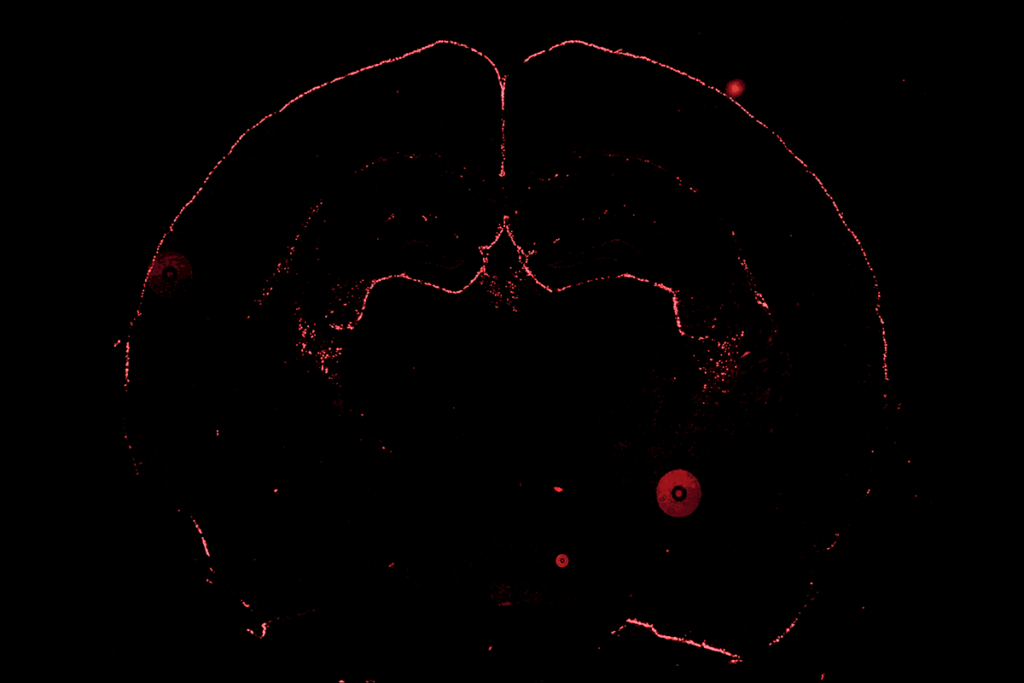
Unexpected astrocyte gene flips image of brain’s ‘stalwart sentinels’
The genetic marker upends the accepted orientation of non-star-like astrocytes in the glia limitans superficialis.
Food for thought: Neuronal fuel source more flexible than previously recognized
The cells primarily rely on glucose—rather than lactate from astrocytes—to generate energy, according to recent findings in mice.
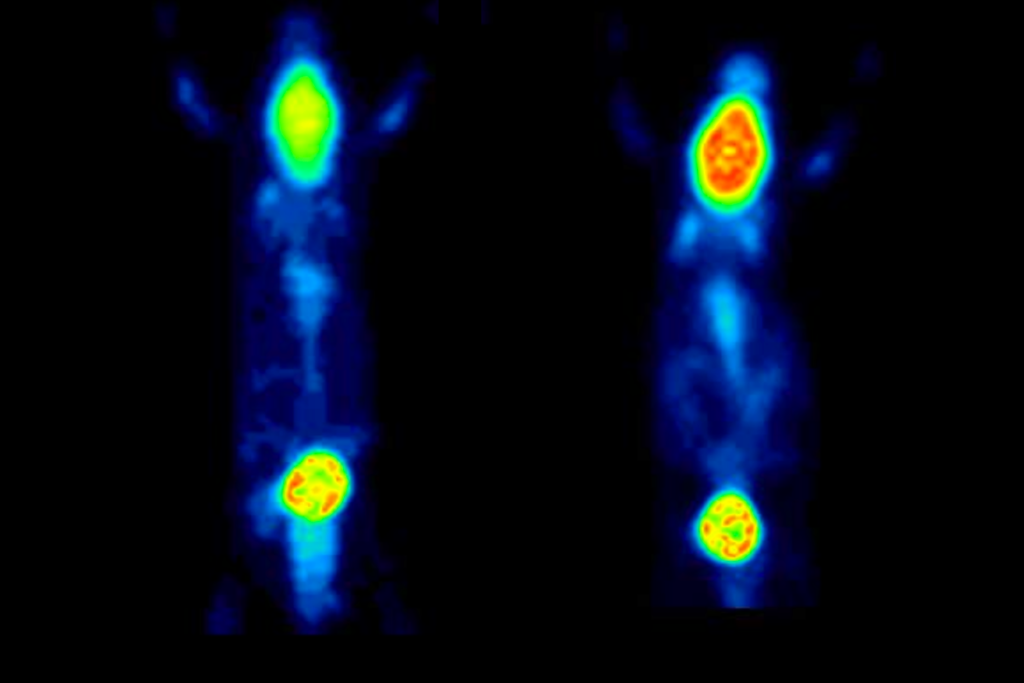
Food for thought: Neuronal fuel source more flexible than previously recognized
The cells primarily rely on glucose—rather than lactate from astrocytes—to generate energy, according to recent findings in mice.
Cracking the code of the extracellular matrix
Despite evidence for a role in plasticity and other crucial functions, many neuroscientists still view these proteins as “brain goop.” The field needs technical advances and a shift in scientific thinking to move beyond this outdated perspective.
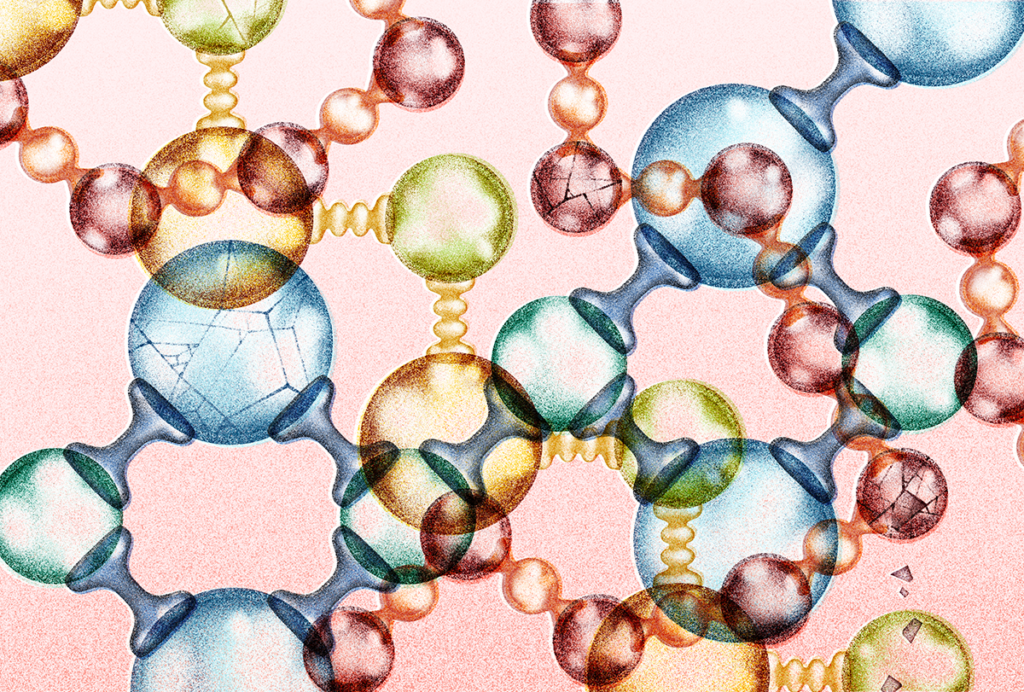
Cracking the code of the extracellular matrix
Despite evidence for a role in plasticity and other crucial functions, many neuroscientists still view these proteins as “brain goop.” The field needs technical advances and a shift in scientific thinking to move beyond this outdated perspective.
Astrocytes star in memory storage, recall
The cells, long cast as support players in memory research, can activate or disrupt fear memories, according to a new study.
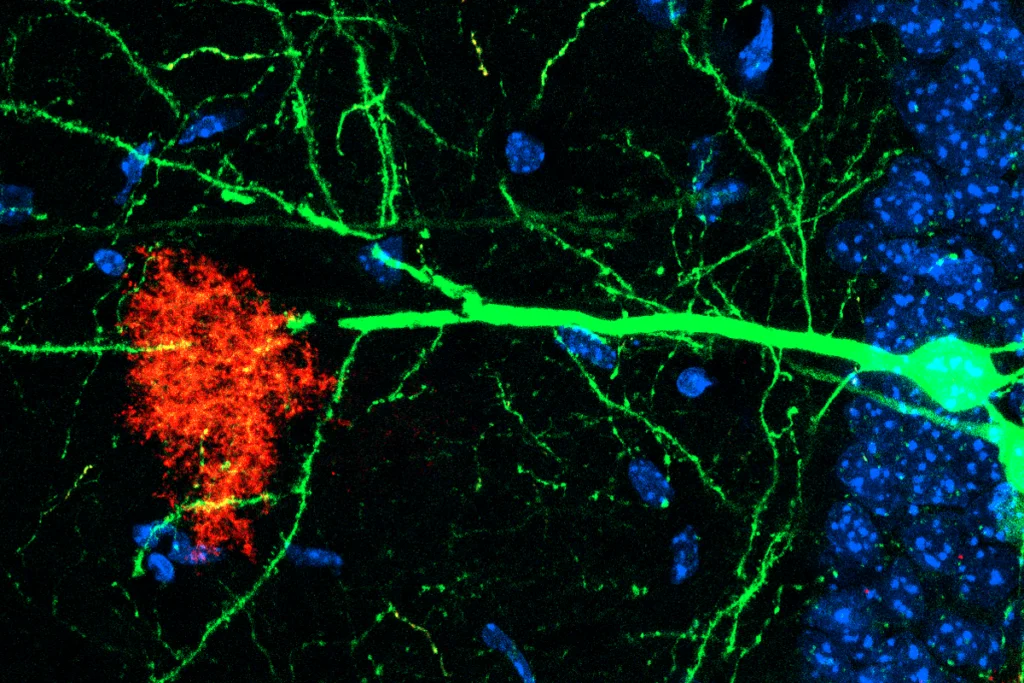
Astrocytes star in memory storage, recall
The cells, long cast as support players in memory research, can activate or disrupt fear memories, according to a new study.
‘SNAP’ dance of astrocytes and neurons falls out of step with age, disease
The findings add to growing evidence that astrocytes are star players in cognition.
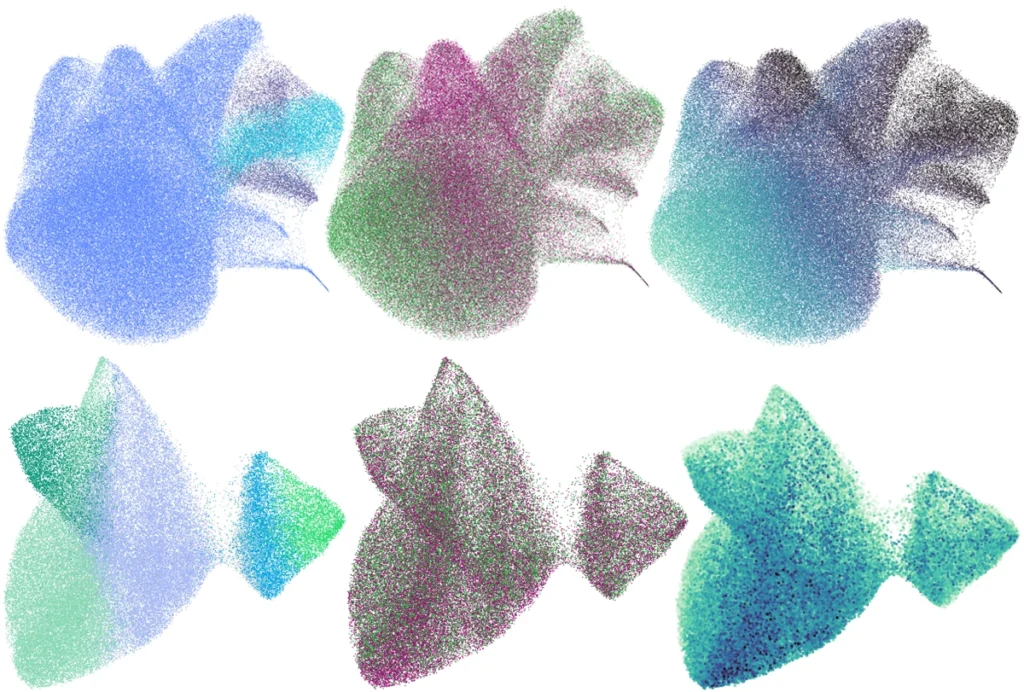
‘SNAP’ dance of astrocytes and neurons falls out of step with age, disease
The findings add to growing evidence that astrocytes are star players in cognition.
Dispute erupts over role of sticky proteins in astrocytes
But multiple independent researchers say they are not convinced by its results, which fail to confirm high-profile findings from 2017.
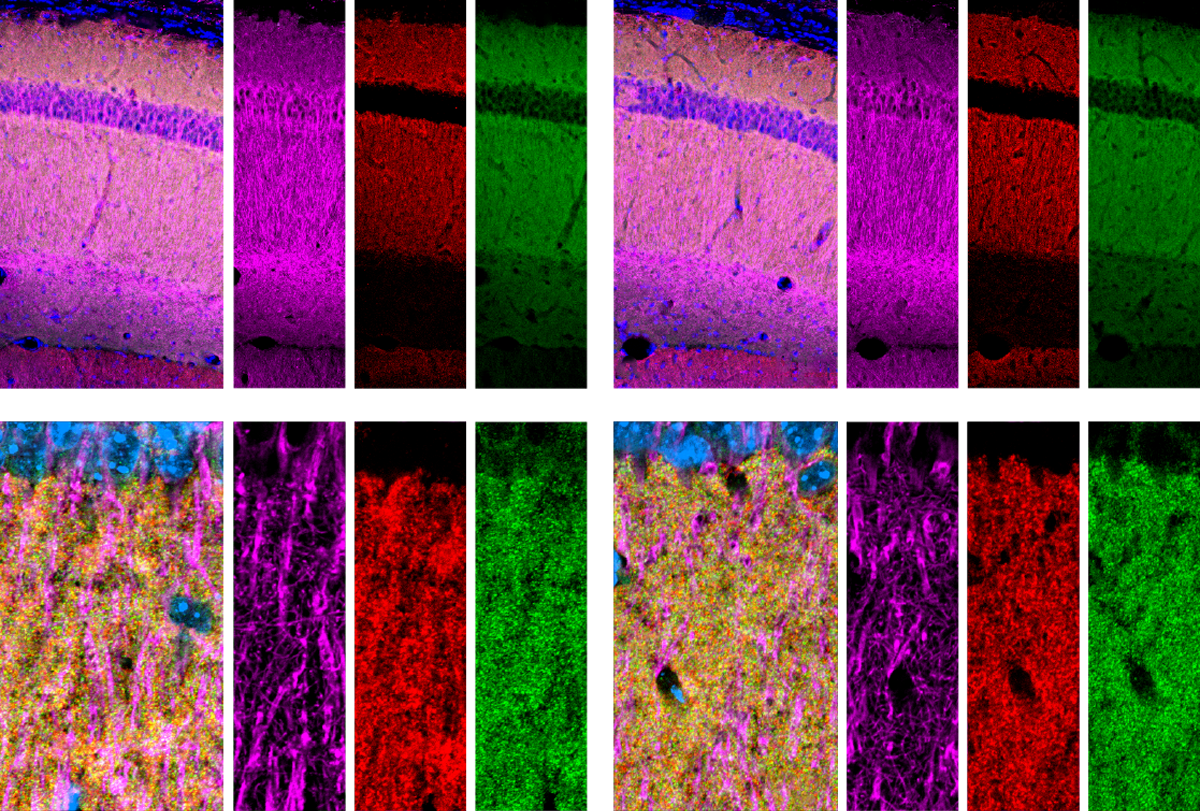
Dispute erupts over role of sticky proteins in astrocytes
But multiple independent researchers say they are not convinced by its results, which fail to confirm high-profile findings from 2017.
Latest ‘prime-editing’ tools tackle delivery, safety issues
The gene-editing advances make it easier to target specific tissues in mice and detect off-target effects.
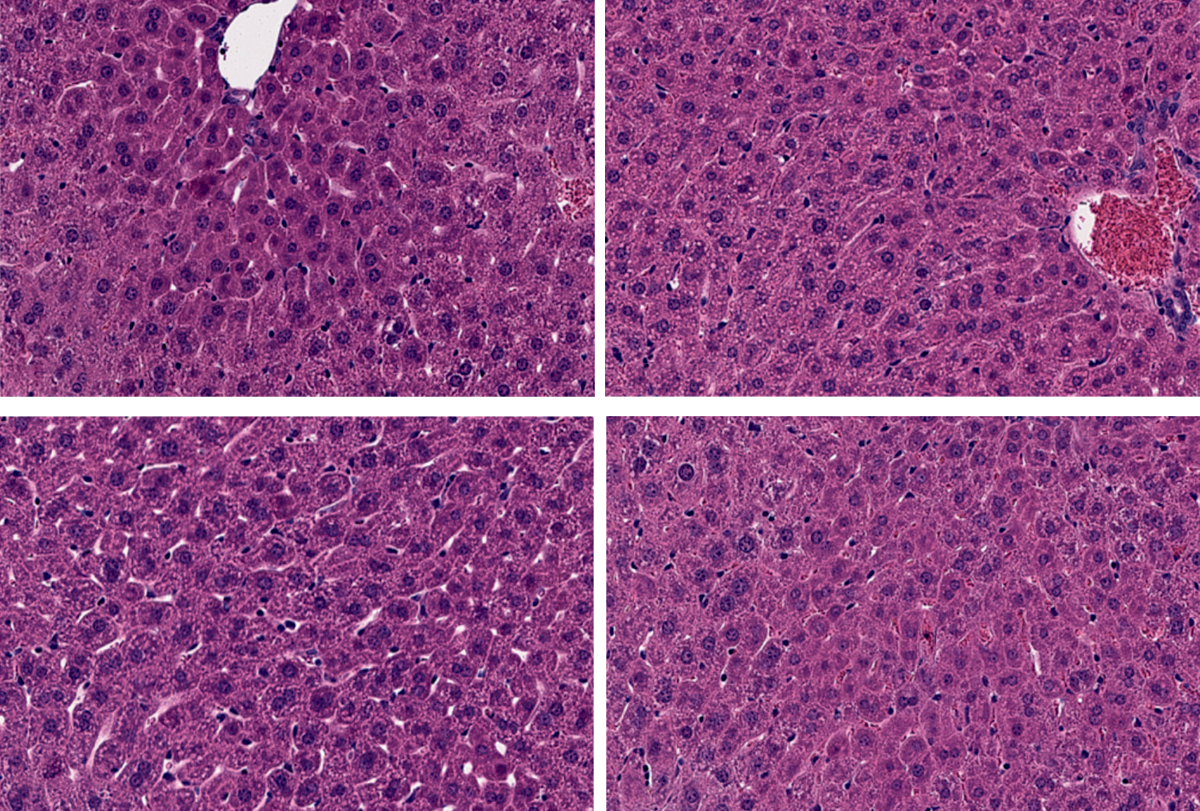
Latest ‘prime-editing’ tools tackle delivery, safety issues
The gene-editing advances make it easier to target specific tissues in mice and detect off-target effects.
Astrocytes fuel erratic firing in fragile X neurons
A shift in astrocyte secretions may explain the atypical firing patterns of neurons derived from people with fragile X syndrome.
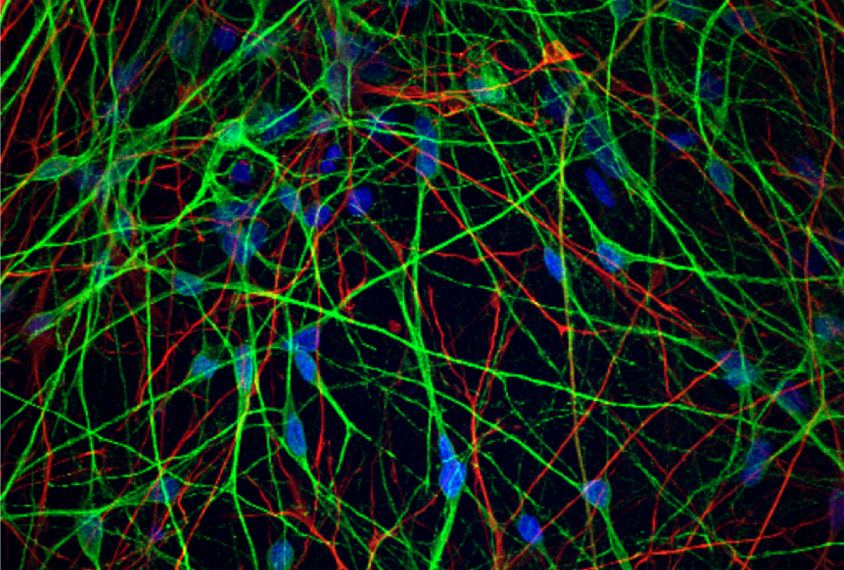
Astrocytes fuel erratic firing in fragile X neurons
A shift in astrocyte secretions may explain the atypical firing patterns of neurons derived from people with fragile X syndrome.
Beyond the bench: At school with Verónica Martínez Cerdeño
Spectrum caught up with the University of California, Davis professor about her passion for volunteering in underserved schools, birding and fossil-hunting.
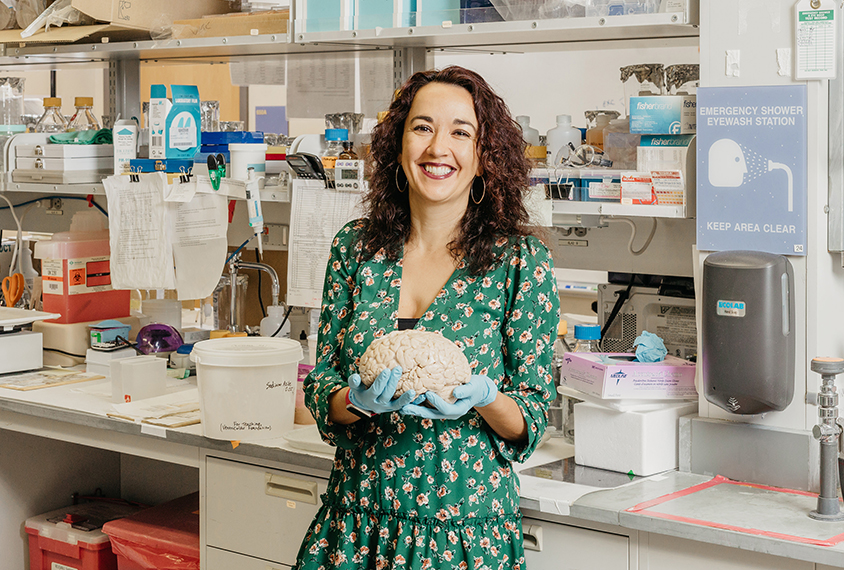
Beyond the bench: At school with Verónica Martínez Cerdeño
Spectrum caught up with the University of California, Davis professor about her passion for volunteering in underserved schools, birding and fossil-hunting.
Organoids identify potential therapies, circuit flaws for autism-linked syndromes
Brain cell clusters serve as drug screens and reveal connectivity differences for autism-linked conditions, two new models show.
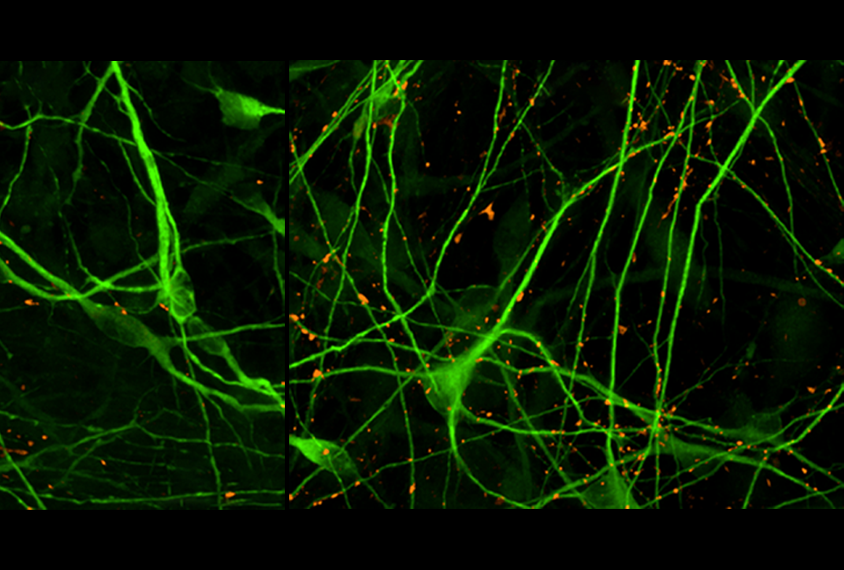
Organoids identify potential therapies, circuit flaws for autism-linked syndromes
Brain cell clusters serve as drug screens and reveal connectivity differences for autism-linked conditions, two new models show.
Explore more from The Transmitter
During decision-making, brain shows multiple distinct subtypes of activity
Person-to-person variability in brain activity might represent meaningful differences in cognitive processes, rather than random noise.

During decision-making, brain shows multiple distinct subtypes of activity
Person-to-person variability in brain activity might represent meaningful differences in cognitive processes, rather than random noise.
Basic pain research ‘is not working’: Q&A with Steven Prescott and Stéphanie Ratté
Prescott and Ratté critique the clinical relevance of preclinical studies in the field and highlight areas for improvement.

Basic pain research ‘is not working’: Q&A with Steven Prescott and Stéphanie Ratté
Prescott and Ratté critique the clinical relevance of preclinical studies in the field and highlight areas for improvement.
Proposed NIH budget cut threatens ‘massive destruction of American science’
A leaked draft of a Trump administration proposal includes an approximately 40 percent cut to the National Institutes of Health’s budget and a major reorganization of its 27 institutes and centers.
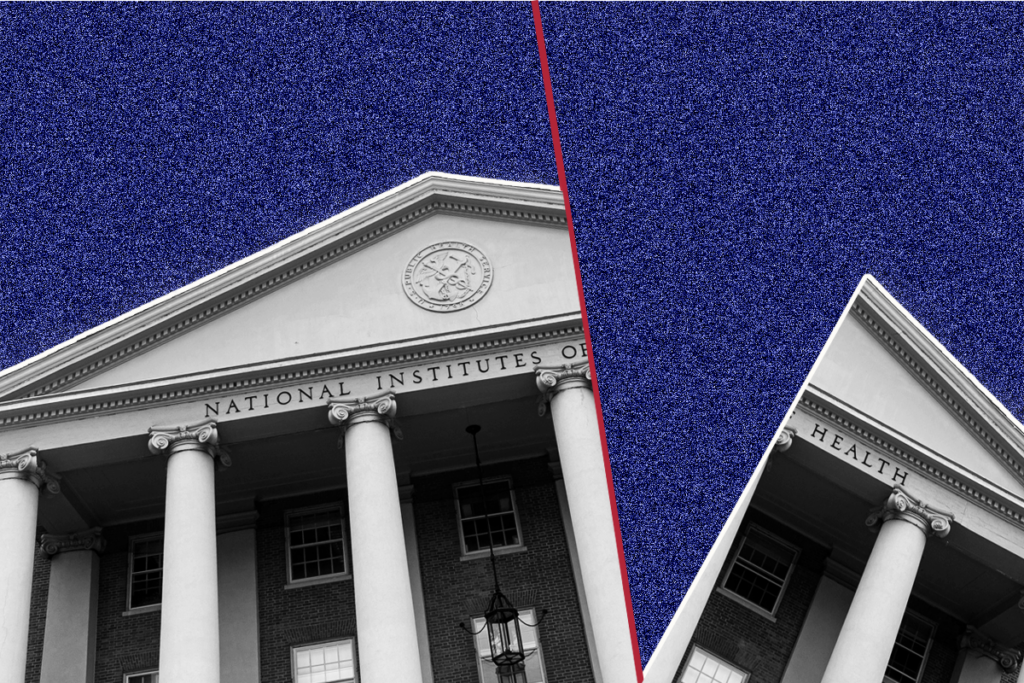
Proposed NIH budget cut threatens ‘massive destruction of American science’
A leaked draft of a Trump administration proposal includes an approximately 40 percent cut to the National Institutes of Health’s budget and a major reorganization of its 27 institutes and centers.